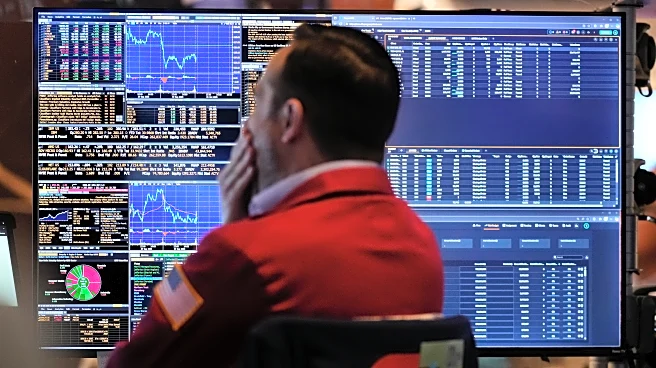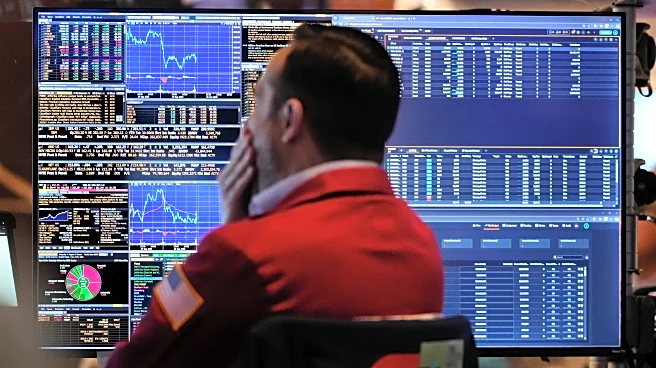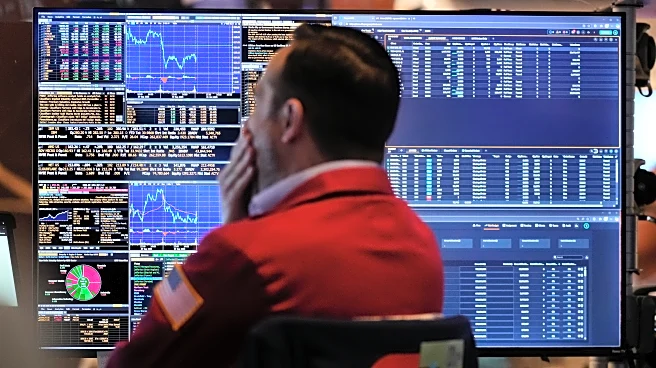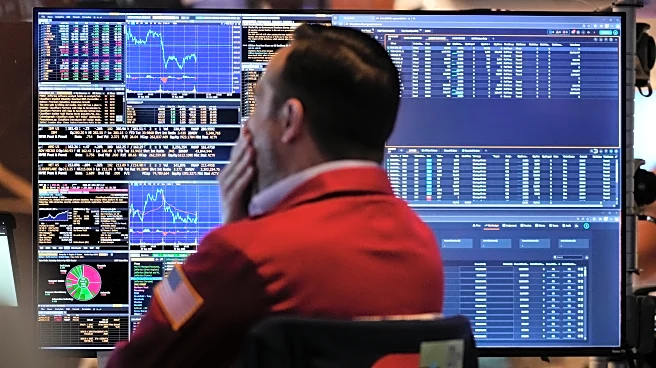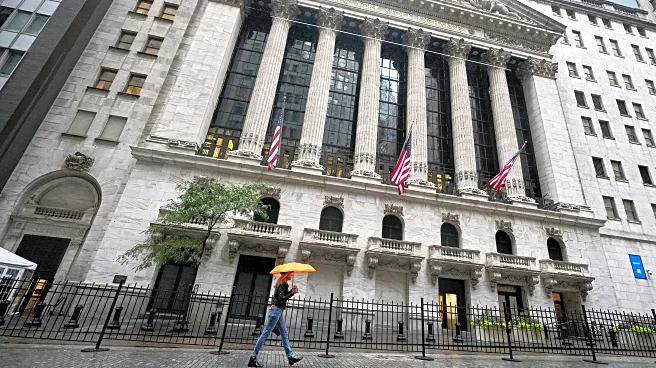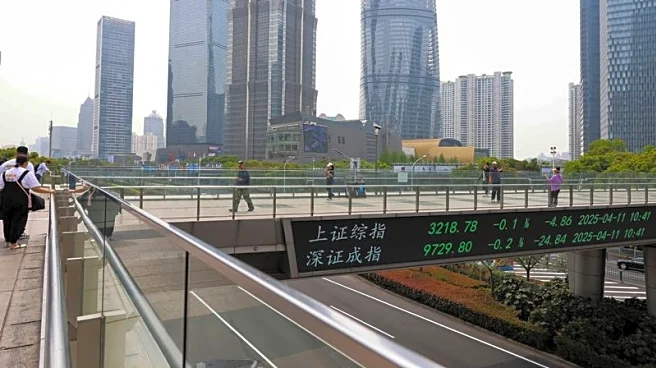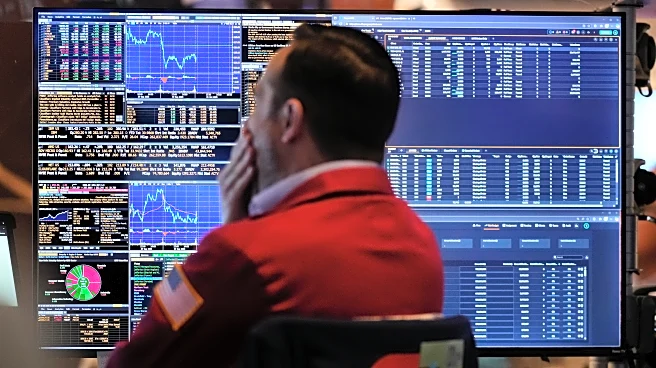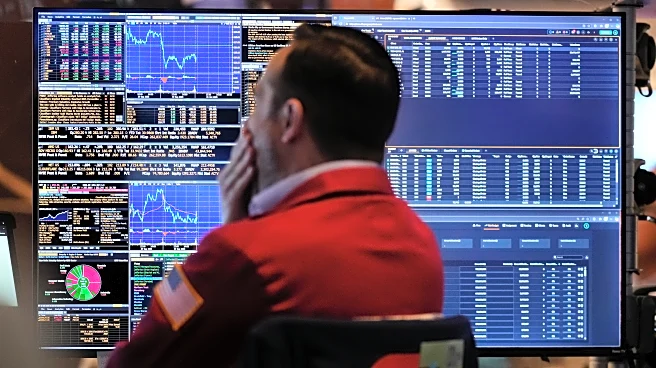NEW YORK (AP) — And back up goes Wall Street. U.S. stocks are rallying Monday after President Donald Trump said “ it will all be fine,” just days after he sent the market reeling by threatening much higher
tariffs on China.
The S&P 500 jumped 1.1% to recover a little less than half of its drop from Friday, which was its worst since April. The Dow Jones Industrial Average was up 413 points, or 0.9%, as of 9:35 a.m. Eastern time, and the Nasdaq composite was 1.3% higher.
“Don’t worry about China,” Trump said on his social media platform Sunday. He also said that China’s leader, Xi Jinping, “doesn’t want Depression for his country, and neither do I. The U.S.A. wants to help China, not hurt it!!!”
It was a sharp turnaround from the anger Trump displayed on Friday, when he accused China of “ a moral disgrace in dealing with other Nations." He pointed to “an extremely hostile letter” describing curbs to exports of rare earths, which are materials used in the manufacturing of everything from personal electronics to jet engines. Trump said at the time that he may place an additional 100% tax on imports from China starting on Nov. 1.
Trump’s backtrack in anger raised hopes that the world’s two largest economies may find a working relationship that allows global trade to continue.
The market’s big moves the last two days echo its manic swings in April, when Trump shocked investors with his “Liberation Day” announcement of worldwide tariffs, only to eventually relent on many to give time to negotiate trade deals with other countries.
If this time ends up similarly, with trade tensions and uncertainty subsiding, potentially even after a sharp drop for stock prices, conditions could allow for a rolling recovery to continue into 2026, according to Morgan Stanley strategists led by Michael Wilson.
To be sure, the U.S. stock market may have been primed for a drop and was just looking for a potential trigger.
It was already facing criticism that prices had shot too high following the S&P 500’s nearly relentless 35% run from a low in April. The index, which dictates the movements for many 401(k) accounts, is still near its all-time high set last week.
Not only did Trump's backdown from tariffs in April help launch stock prices, so did expectations for several cuts to interest rates by the Federal Reserve to help the economy.
Critics say the market looks too expensive now after prices rose much faster than corporate profits. Worries are particularly high about companies in the artificial-intelligence industry, where pessimists see echoes of the 2000 dot-com bubble that imploded. For stocks to look less expensive, either their prices need to fall, or companies’ profits need to rise.
That’s raising the stakes in the upcoming earnings reporting season for U.S. companies, which are set to say how much profit they made during the summer. JPMorgan Chase, Johnson & Johnson and United Airlines are some of the big names on the calendar for this week.
Fastenal tumbled 4.5% for one of the biggest losses in the S&P 500 after reporting profit for the latest quarter that was slightly weaker than analysts expected.
In stock markets abroad, indexes were mixed in Europe following sharp losses in Asia.
Stocks fell 1.5% in Hong Kong and 0.2% in Shanghai. China reported its global exports rose 8.3% in September from a year earlier, the strongest growth in six months and further evidence that its manufacturers are shifting sales from the U.S. to other markets.
___
AP Business Writers Matt Ott and Elaine Kurtenbach contributed.



